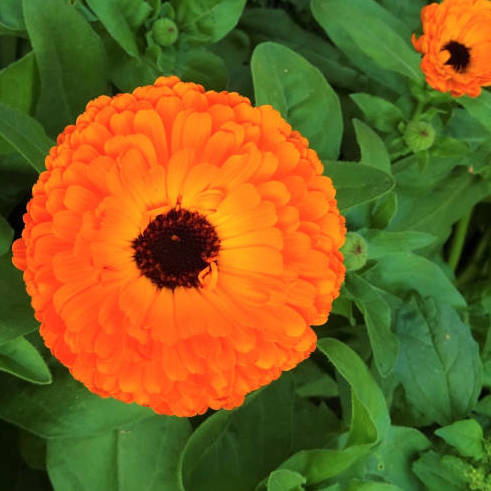Calendula Seed

Common name
pot marigold, common marigold or Scotch marigold
Botanical name
Calendula officinalis
Details
Yellow or orange flowers, the petals of which can be added to salad. Makes a great companion plant in the garden.
Edible
Price
$3.90
20 seeds